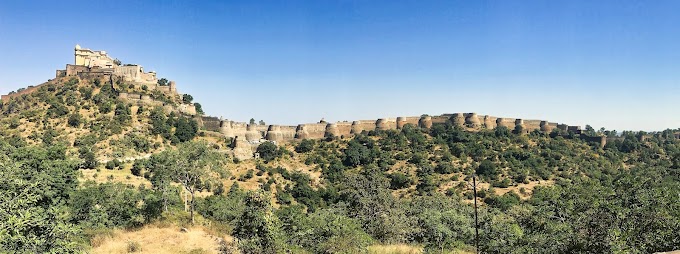 |
| Maldives |
The Maldives, officially known as the Republic of Maldives, is a stunning archipelago located in the Indian Ocean, southwest of India and Sri Lanka. This tropical paradise comprises approximately 1,190 coral islands grouped into 26 atolls, making it one of the most geographically dispersed countries in the world. The total land area is just 298 square kilometers (115 square miles), which is the smallest in Asia, while its exclusive economic zone spans around 923,322 square kilometers (356,497 square miles).
Geography and Climate
The Maldives is characterized by its low-lying islands, with an average elevation of just 1.5 meters (4.9 feet) above sea level, making it the lowest country on Earth. The islands are formed atop a submerged volcanic mountain range and are surrounded by vibrant coral reefs that host about 5% of the world’s coral reefs 23. The climate is tropical, with warm temperatures year-round averaging between 24°C to 30°C (75°F to 86°F). The weather is influenced by two monsoon seasons: the southwest monsoon from May to August and the northeast monsoon from December to March 4.
Population and Culture
With an estimated population of 544,700 in 2024, the Maldives is one of the most densely populated countries globally, with about 42% living in urban areas, primarily in the capital city of Malé 35. The population is predominantly Muslim, and Dhivehi is the official language. The culture reflects a blend of influences from Indian, Arab, and African traditions due to its historical role as a trading hub.
Wildlife and Biodiversity
The Maldives boasts rich biodiversity both above and below water. Its coral reefs are home to over 1,000 species of fish, including large pelagic species like manta rays and whale sharks 46. The islands also support various terrestrial wildlife, including birds and unique plant species adapted to the coastal environment. However, climate change poses significant threats to this delicate ecosystem, leading to coral bleaching and rising sea levels that threaten the very existence of these islands.
In summary, the Maldives offers not only breathtaking natural beauty but also a rich cultural tapestry and diverse wildlife. It remains a vital ecological treasure that attracts visitors from around the globe while facing significant environmental challenges.





0 Comments